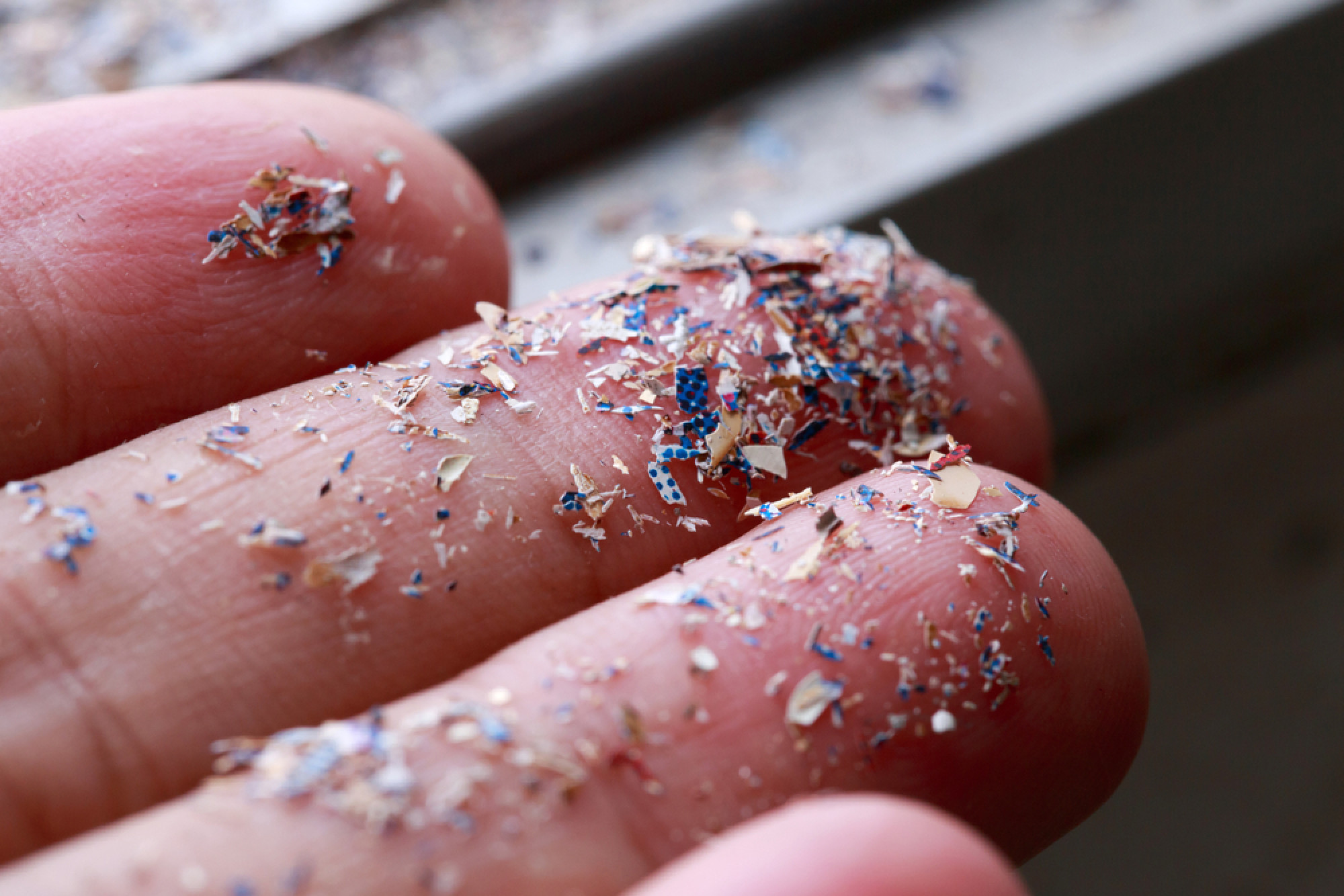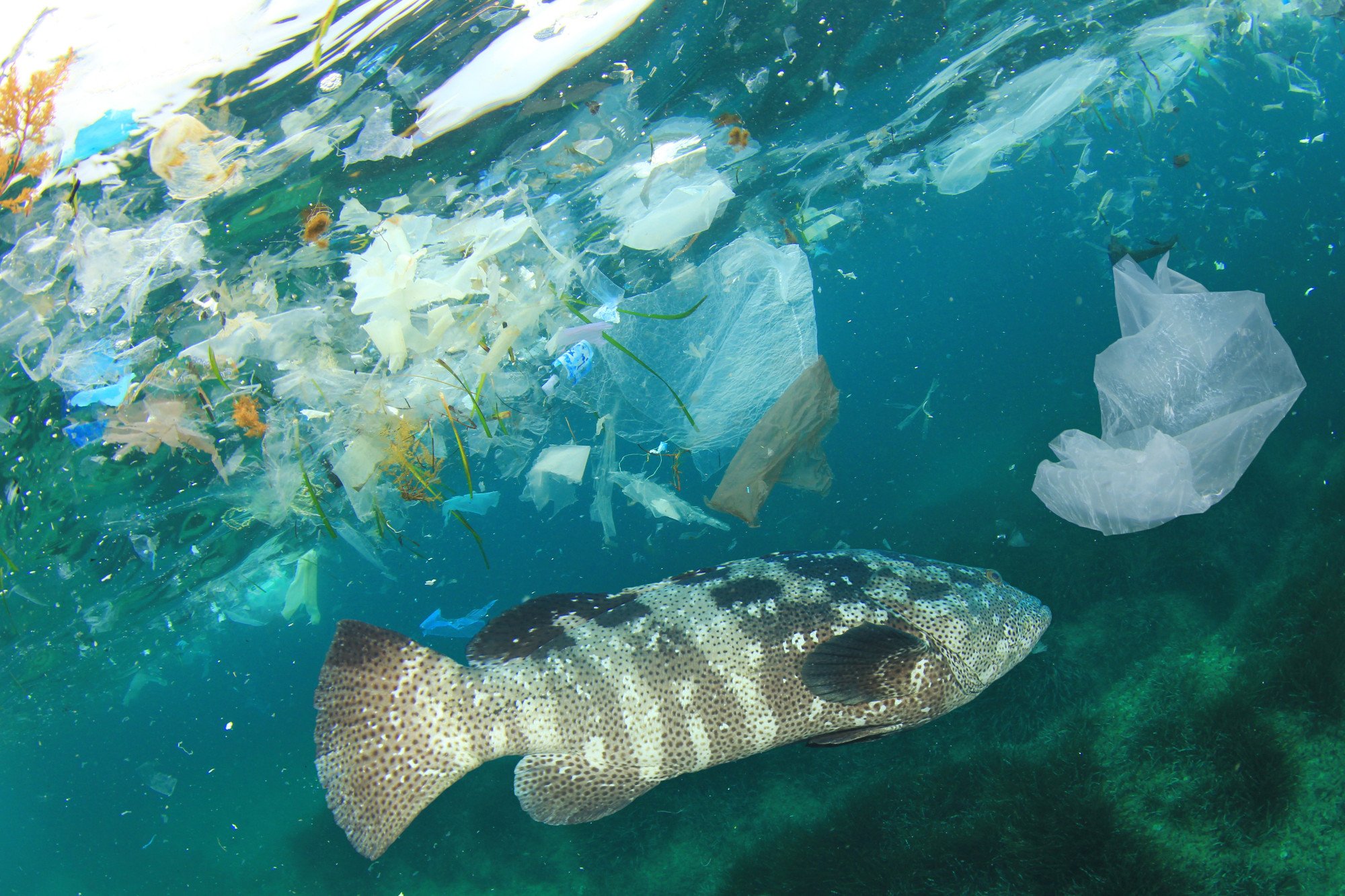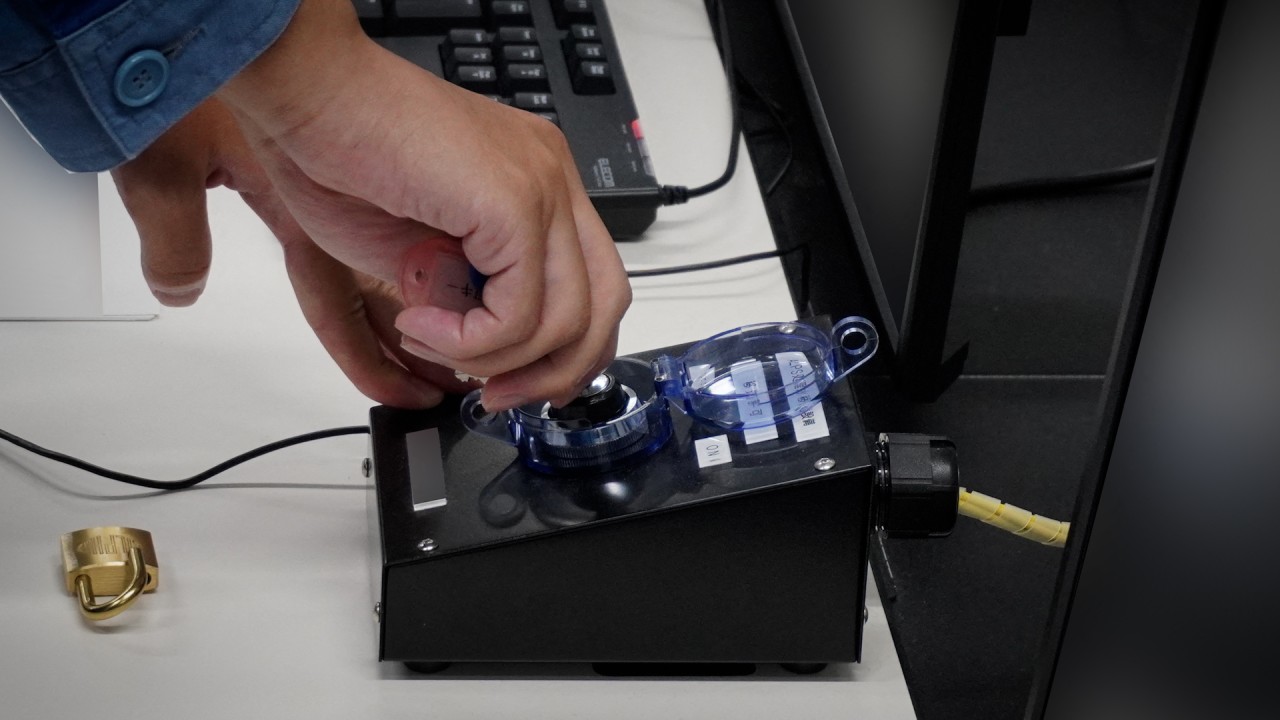Japanese researchers alarmed as microplastic density off Honshu island exceeds highs in Mediterranean Sea
“The microplastics in the sediment were difficult to see with the naked eye, so I did not know immediately after the sampling – but we had no idea that they had accumulated to such an extent,” he told This Week in Asia.
The scientists took samples from seven locations off the east coast of Japan. The first samples were at relatively shallow depths of around 855 metres (2,800 feet) below the surface in Sagami Bay, followed by a sample from the nearly 6,000-metre deep abyssal plain some 500km offshore.
The final tests were carried out in the depths of the Japan Trench, which runs parallel to the coast about 250km offshore and where the deepest sample was recovered from a depth of 9,232 metres.
The greatest concentrations were recovered from the abyssal plain, where the microplastics were typically 10 times denser than anywhere else.

Research has shown that larger pieces of plastic were accumulating on the abyssal plain as a result of eddies that occur in the surface layers of the ocean until the debris sinks and settles, Tsuchiya said.
“Eddies associated with the Kuroshio Current recirculation gyre form off the Boso Peninsula,” he said. “This is at the western end of the Great Pacific rubbish patch in the North Pacific and is believed to be the site of a large accumulation of marine rubbish.
“This is because the Kuroshio Current – one of the world’s largest ocean currents – carries a large amount of rubbish from Southeast Asia and East Asia, including Japan,” he said. “The rubbish transported in this manner accumulates in eddies on the ocean surface and gathers off the Boso Peninsula.”
Japan appears to have been the second source of many of the microplastics, with slightly elongated shapes traced back to Tokyo Bay and rivers that fed into Sagami Bay. The scientists believe plastic flowed into the ocean and sank a short way offshore until the fine shards were swirled up in the sediment due to earthquakes and submarine landslides. The microplastics were then pushed further offshore until they collected in the Japan Trench.
Guangwei Huang, a professor at the Hydro-Environment Research Laboratory of Sophia University in Tokyo, agreed that the concentrations discovered in the Pacific were worryingly high and urged deeper investigation of the sources.
Determining the distribution of microplastics and how they arrived at their locations would be similarly crucial, he said, although he concurred that removing them from the seabed would be extremely difficult.
But there were solutions, Huang said, such as increasing vegetation in river estuaries to trap plastic waste before it can get into oceans.
Why Asia needs to wake up to plastic waste in our oceans
Why Asia needs to wake up to plastic waste in our oceans
It is estimated that more than 8 million tonnes of plastic waste enter the world’s oceans every year. This plastic debris deteriorates through weathering processes – including exposure to ultraviolet rays, heat, abrasive contact with rock or sand and destruction by living organisms – resulting in microplastics that are smaller than 5mm in size.
“Small particles can be eaten by organisms, which make up part of the ecological pyramid and, because of the predator-prey relationship, end up being consumed by a larger organism,” Tsuchiya said.
Consuming sharp-edged plastic can damage the digestive tract and internal organs of marine creatures. Seabirds and fish have also been found with large amounts of plastic in their stomachs.
“In addition, chemicals contained in the plastic – anti-degradation agents, plasticisers and so on – can leach out, while plastics can also absorb chemicals such as PCBs and DDT when they are in seawater,” Tsuchiya said. Research has shown that some of these chemicals can be carcinogenic or cause reproductive abnormalities.

With the recovery of microplastics already in our oceans effectively impossible, the most effective way of reducing plastic pollution is at the source, by preventing their discharge, said Tsuchiya. More work should be done to develop alternatives to existing types of plastic, such as versions that degrade entirely, even at depths when ultraviolet light cannot penetrate.
Tsuchiya agrees that plastics are indispensable to modern society, but adds, “It is necessary to properly manage their use. We need to start with something modest, such as stopping excessive packaging, sorting to reduce waste and greater recycling.”
Jamstec plans to expand its research into microplastic accumulation, particularly in waters around Okinawa, which is also impacted by the Kuroshio Current, and in the Sea of Japan, which is a relatively enclosed area that seems to be afflicted with large amounts of marine debris.


